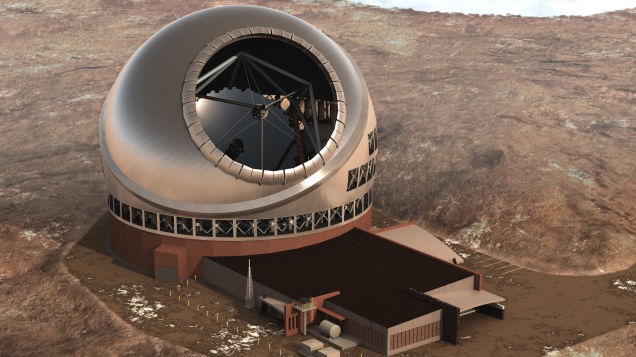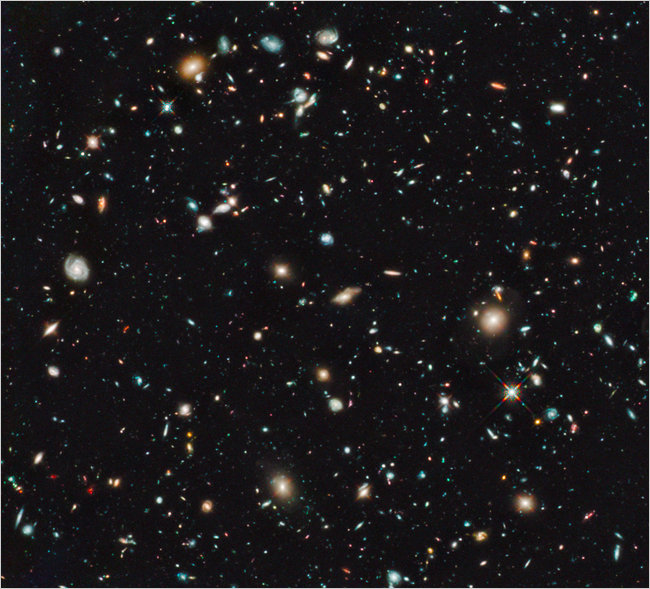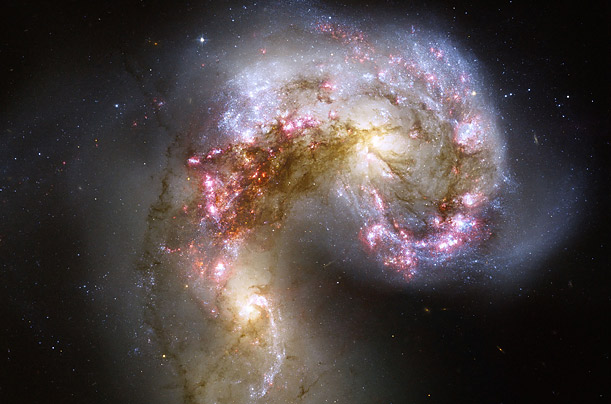 “The biggest building boom in the history of astronomy is upon us. In Chile and Hawaii and in space, astronomers are getting powerful telescopes that dwarf the current state-of-the-art instruments. When the mountain blasting and the mirror polishing are all done, we will have the clearest and most detailed views of outer space ever.”
“The biggest building boom in the history of astronomy is upon us. In Chile and Hawaii and in space, astronomers are getting powerful telescopes that dwarf the current state-of-the-art instruments. When the mountain blasting and the mirror polishing are all done, we will have the clearest and most detailed views of outer space ever.”
By way of Follow Me Here, Gizmodo looks at five massive telescopes that will change the game, including the James Webb Space Telescope, a.k.a. Hubble 2.0. “Since blowing past its initial budget and launch data, NASA promises the ambitious project is on-track for 2018. And it better, because astronomers are eagerly awaiting its data.”



